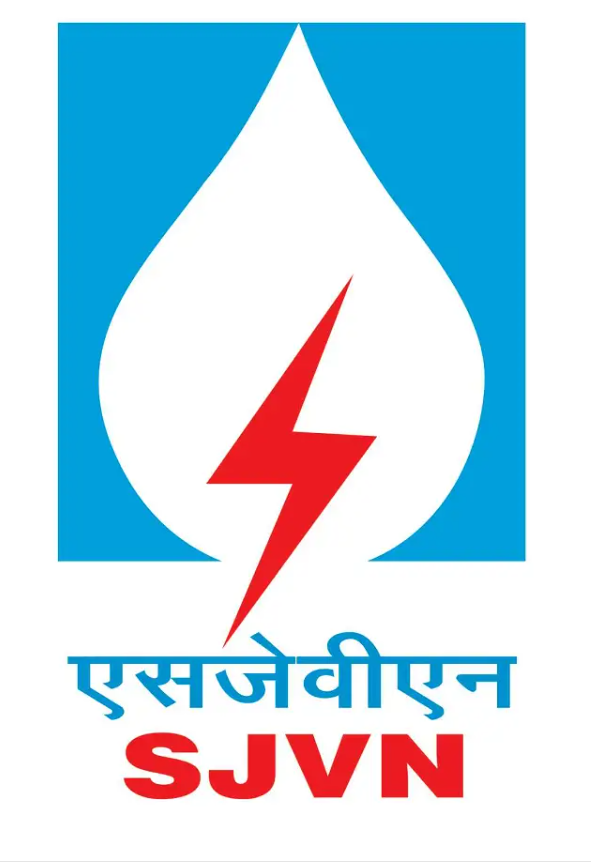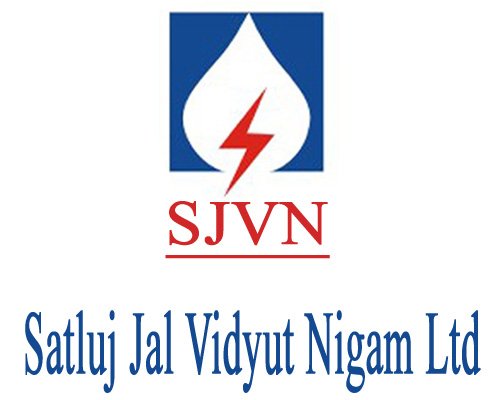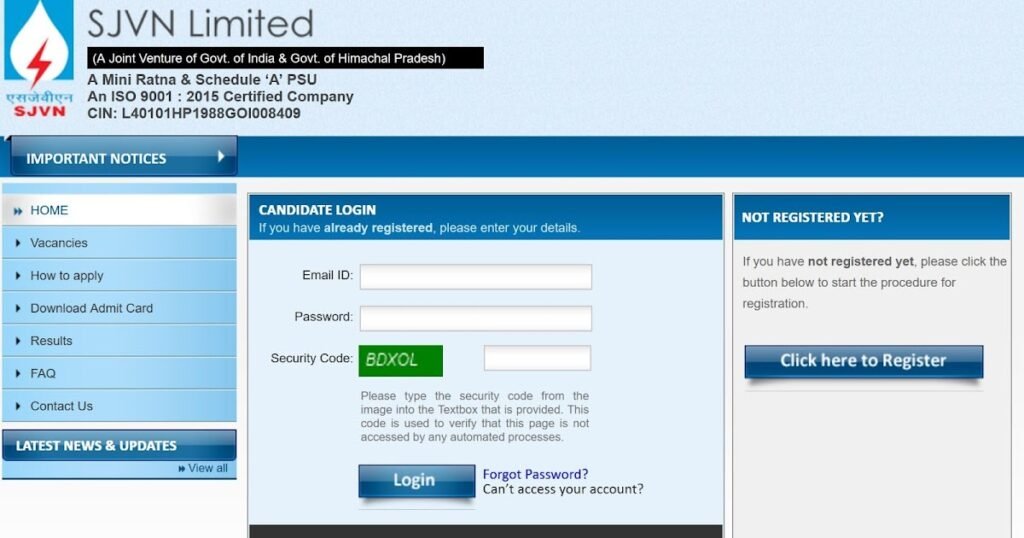SJVN Board Gears Up for Divestment as Share Price Cracks 10% on OFS
Table of Contents
Provide a brief overview of SJVN (Satluj Jal Vidyut Nigam Limited) and its significance in the energy sector.
1. Introduction to SJVN:
- Full Name: Satluj Jal Vidyut Nigam Limited
- Background: SJVN is a public sector undertaking (PSU) and a Mini Ratna company under the Government of India. It was established in 1988 as a joint venture between the central government and the government of Himachal Pradesh.
2. Core Objective:
- Hydropower Focus: SJVN primarily focuses on the development of hydroelectric power projects. Hydropower is a renewable energy source that harnesses the energy of flowing water to generate electricity.

3. Significance in the Energy Sector:
- Renewable Energy Contribution: SJVN plays a significant role in India’s efforts to increase its renewable energy capacity. Hydropower is a crucial component of India’s renewable energy mix.
- Hydropower Projects: SJVN is involved in the construction and operation of various hydropower projects across India, especially in the Himalayan region. These projects contribute to India’s energy security and reduce its dependence on fossil fuels.
- Clean and Green Energy: Hydropower is considered a clean and green source of energy because it produces minimal greenhouse gas emissions. Satluj Jal Vidyut Nigam Limited focus on hydropower aligns with India’s commitment to reducing its carbon footprint and combating climate change.
- Electricity Generation: The electricity generated by SJVN’s projects is supplied to various states and regions, helping meet their power needs and supporting economic development.
- Job Creation: SJVN’s projects create employment opportunities in the regions where they operate, contributing to local economic growth.
- Investment in R&D: SJVN invests in research and development to improve the efficiency and sustainability of hydropower generation, further advancing the energy sector.
- Public Sector Role: As a PSU, SJVN operates with a strong sense of responsibility toward the public and the nation. It aligns its activities with national energy policies and goals.
4. Notable Projects:
- Mention some of the prominent hydropower projects operated by SJVN, highlighting their capacity, location, and significance in India’s energy landscape.
5. Future Prospects and Challenges:
- Discuss SJVN’s plans for future projects and its role in India’s renewable energy targets.
- Highlight any challenges the company may face in the dynamic energy sector, such as environmental considerations or regulatory changes.
Introduce the key event: the 10% drop in SJVN’s share price as the Offer for Sale (OFS) opens.

1. Offer for Sale (OFS) Explained:
- Begin by briefly explaining what an Offer for Sale (OFS) is. An OFS is a mechanism through which existing shareholders of a company can sell their shares to the public. It is often used by companies, including government-owned entities like SJVN, to divest a portion of their ownership in the company.
- Clarify that this mechanism allows existing shareholders to monetize their holdings and can be a way for the government to raise funds or reduce its stake in a PSU (public sector undertaking) like SJVN.
2. The Opening of the OFS:
- Describe the specific event of the opening of the OFS for SJVN’s shares. Mention the date and any significant details related to this particular OFS.
3. Share Price Decline:
- Explain that alongside the opening of the OFS, there was a notable development in SJVN’s share price. Provide details about the share price, including the percentage decline and the factors that may have contributed to this drop.
- Share market data, if available, to provide precise information on the share price movement.
4. Investor Reaction and Market Sentiment:
- Discuss how investors and the market reacted to the news of the share price decline in conjunction with the OFS. This could include reactions such as selling pressure, increased trading volume, or changes in market sentiment.
- If there are any insights from analysts or experts regarding the market’s response, include those as well.
5. Significance of the Share Price Drop:
- Explain why the 10% drop in SJVN’s share price is significant. Mention the potential implications for both existing shareholders and potential investors.
- Highlight the impact on the company’s market capitalization and valuation.
6. Connection to Divestment Plans:
- Emphasize that the share price decline is directly related to the board’s preparations for divestment. It may have prompted the board to reevaluate its divestment strategy or timing.
7. Link to the Broader Story:
- Conclude this section by connecting the share price drop and the OFS opening to the broader narrative of SJVN’s divestment plans and how this event fits into the company’s larger financial and strategic goals.
Provide detailed information about the 10% drop in SJVN’s share price. Include relevant statistics, such as the share price before and after the decline.

1. Share Price Decline Percentage:
- Begin by stating the specific percentage by which SJVN’s share price dropped. In this case, it’s a 10% drop. This percentage signifies the magnitude of the decline.
2. Share Price Before the Decline:
- Mention the share price of SJVN immediately before the decline. This is the price at which the stock was trading before the significant drop occurred.
3. Share Price After the Decline:
- Provide the share price of SJVN after the 10% drop. This reflects the new valuation of the stock following the decline.
4. Timeframe of the Decline:
- Include the timeframe during which this 10% drop occurred. Specify whether it was a sudden, one-time drop or if it happened gradually over a period of time.
5. Factors Contributing to the Decline:
- Explain the factors that contributed to the share price decline. This could include market conditions, economic factors, company-specific news, or any other events that may have influenced investor sentiment.
6. Comparison with Market Averages:
- Consider comparing SJVN’s share price decline with broader market averages or indices like the stock market index of the country in which SJVN is listed. This can provide context regarding whether the decline was an isolated event or part of a broader market trend.
7. Impact on Market Capitalization:
- Calculate and mention the impact of the share price drop on SJVN’s market capitalization. Market capitalization is the total value of a company’s outstanding shares and is calculated by multiplying the share price by the number of shares outstanding.
8. Implications for Shareholders and Investors:
- Discuss the implications of the share price decline for existing shareholders and potential investors. A significant drop may affect the wealth of existing shareholders and influence the decisions of new investors considering stock.
9. Historical Perspective:
- Consider comparing the current share price with historical data to provide context. Has share price experienced similar declines in the past, or is this an unusual event?
10. Analyst Insights:
- Include any insights or comments from financial analysts or experts regarding the share price decline. Their perspectives can provide additional context and analysis.
11. Future Outlook:
- Briefly touch upon what the future might hold for share price. Will it recover, stabilize, or face further volatility? This can generate interest in what’s to come.











